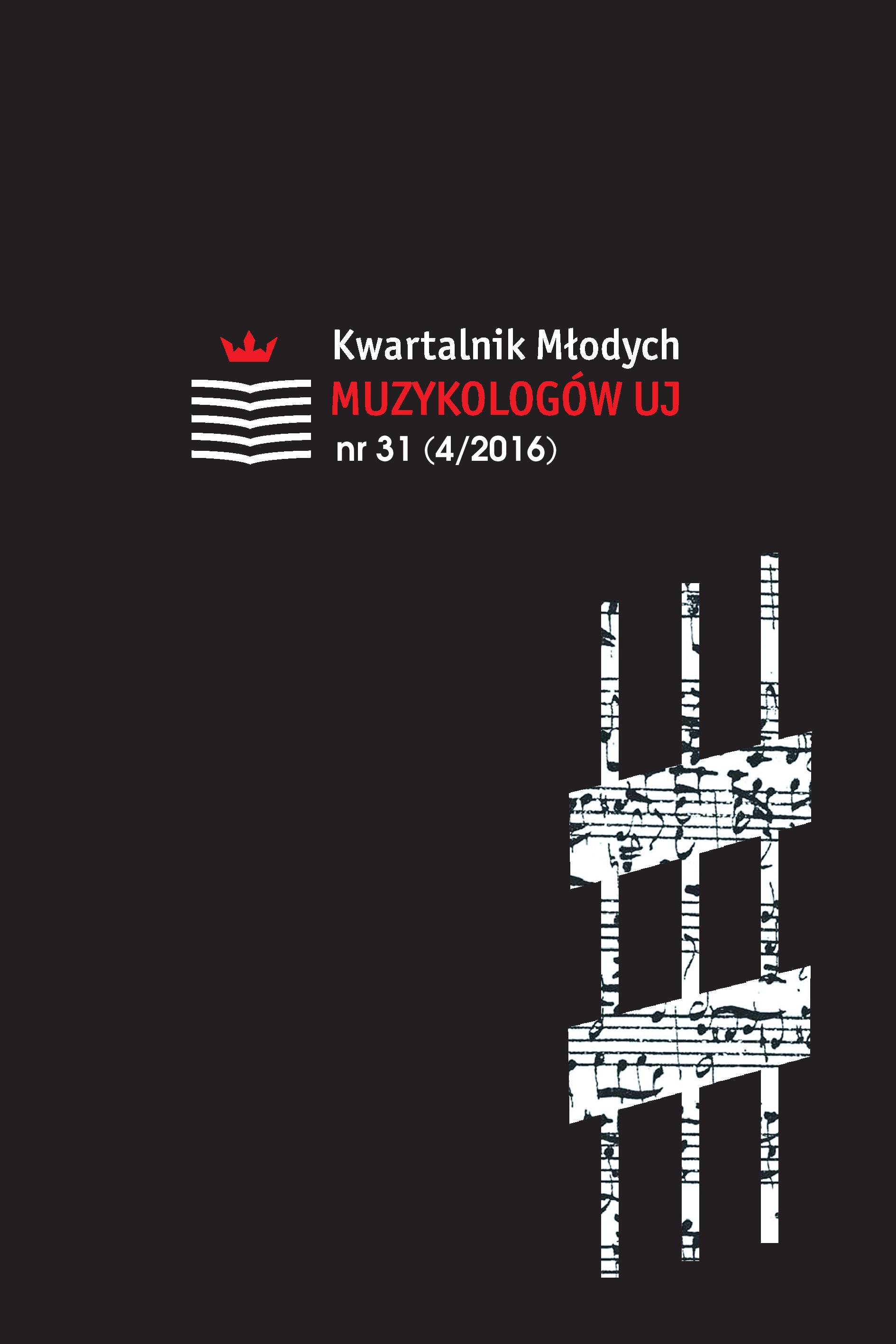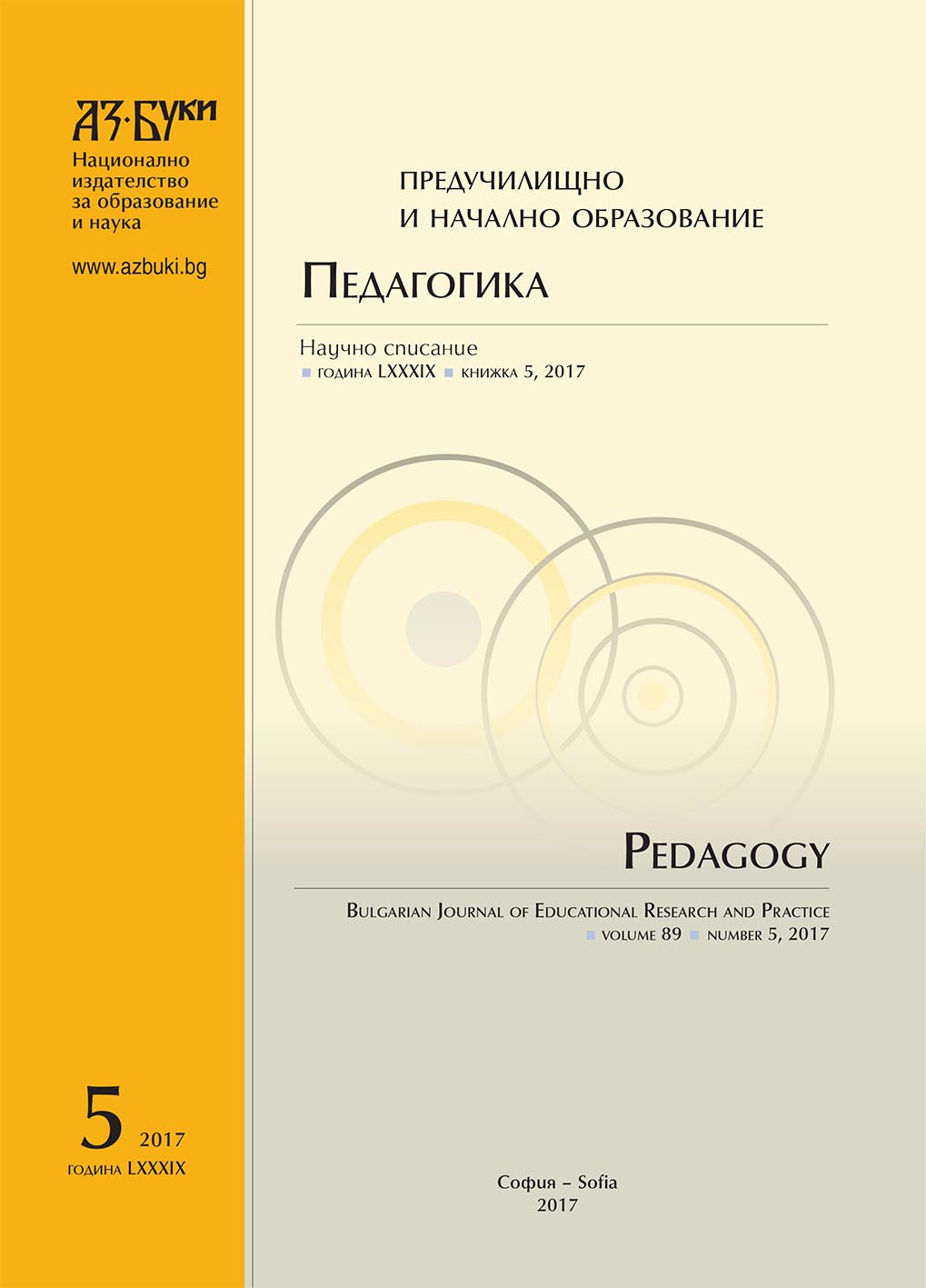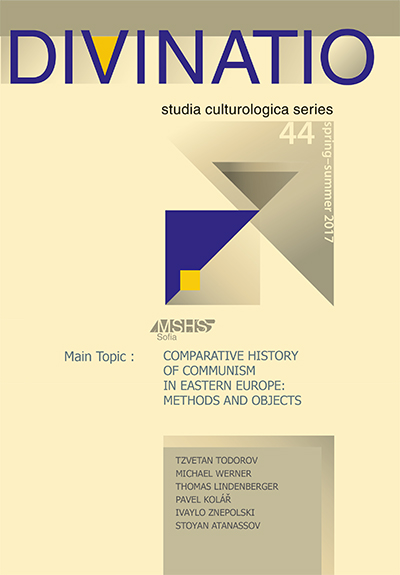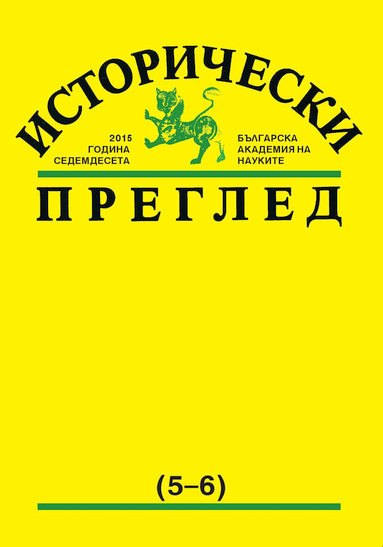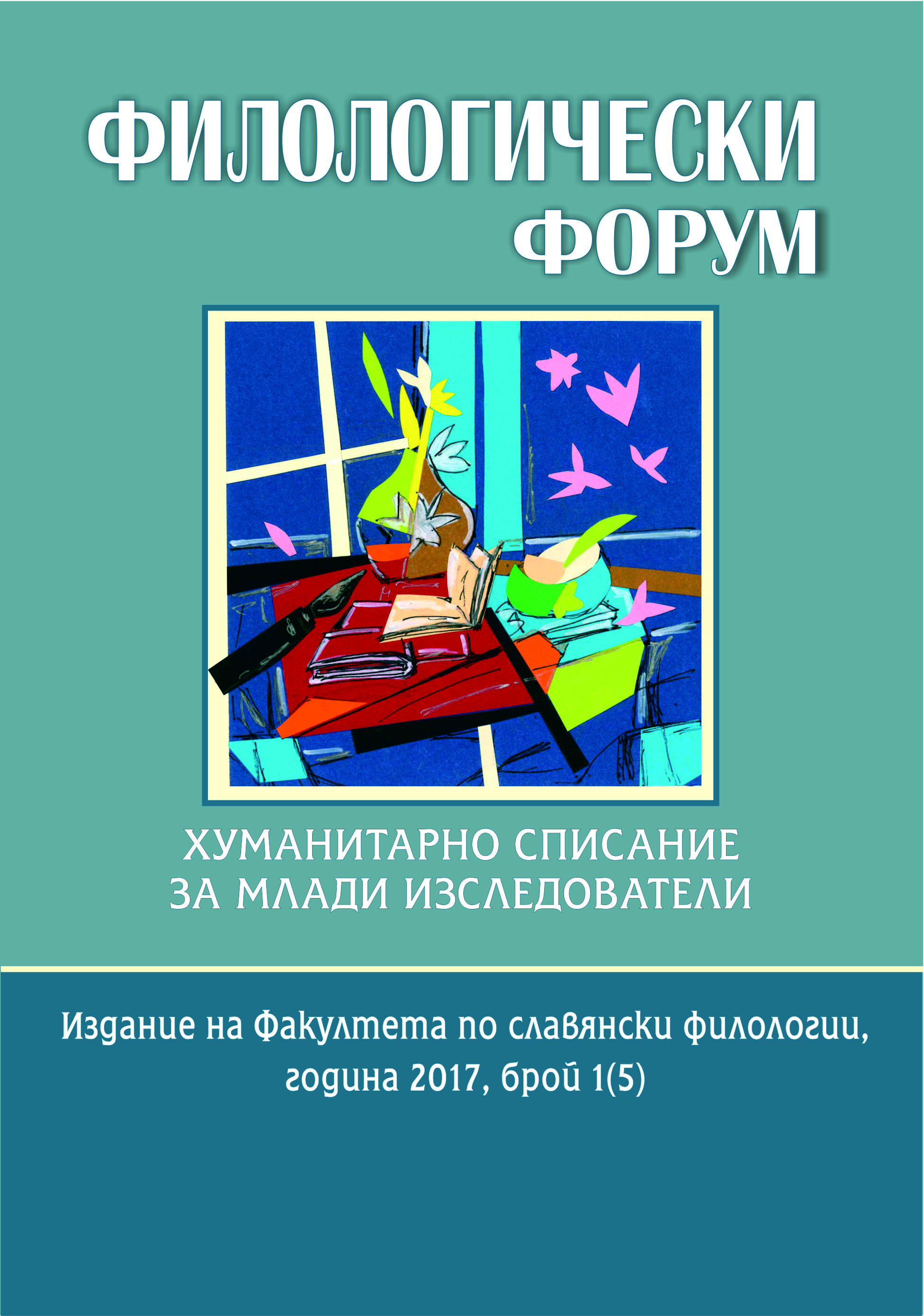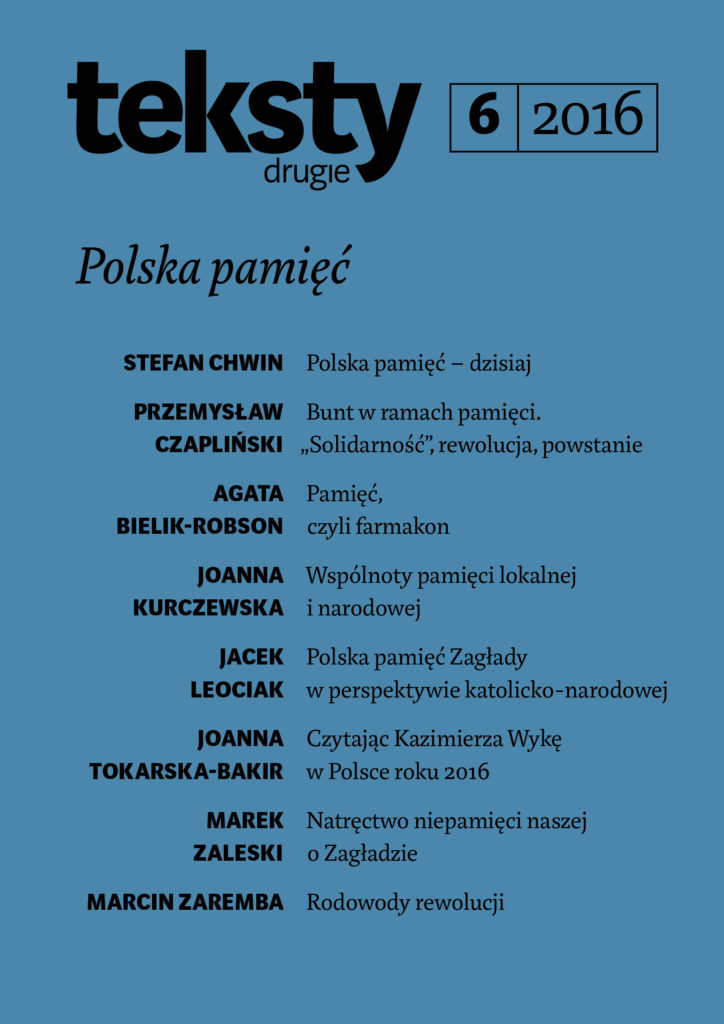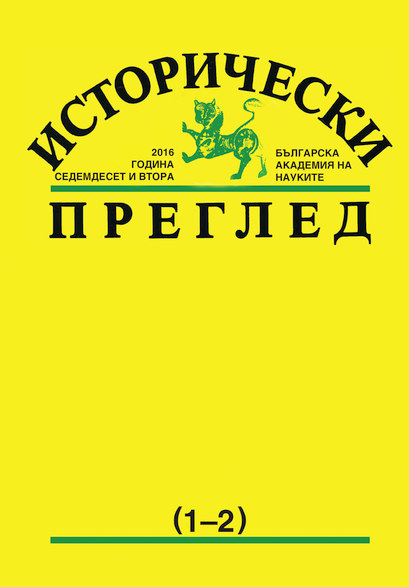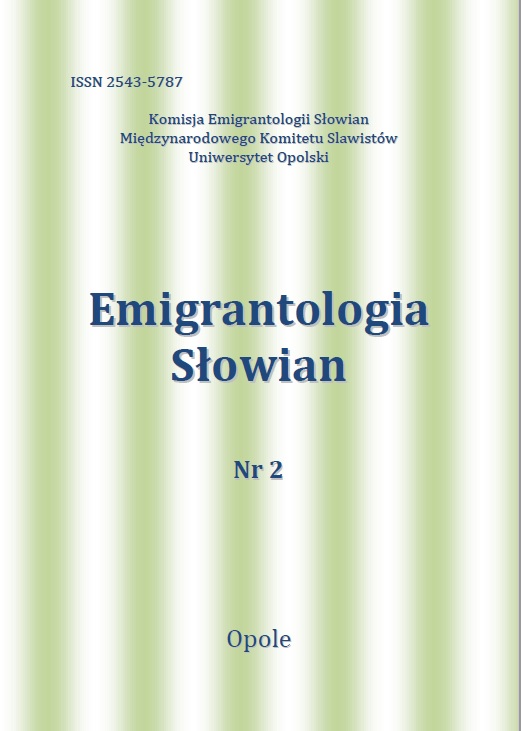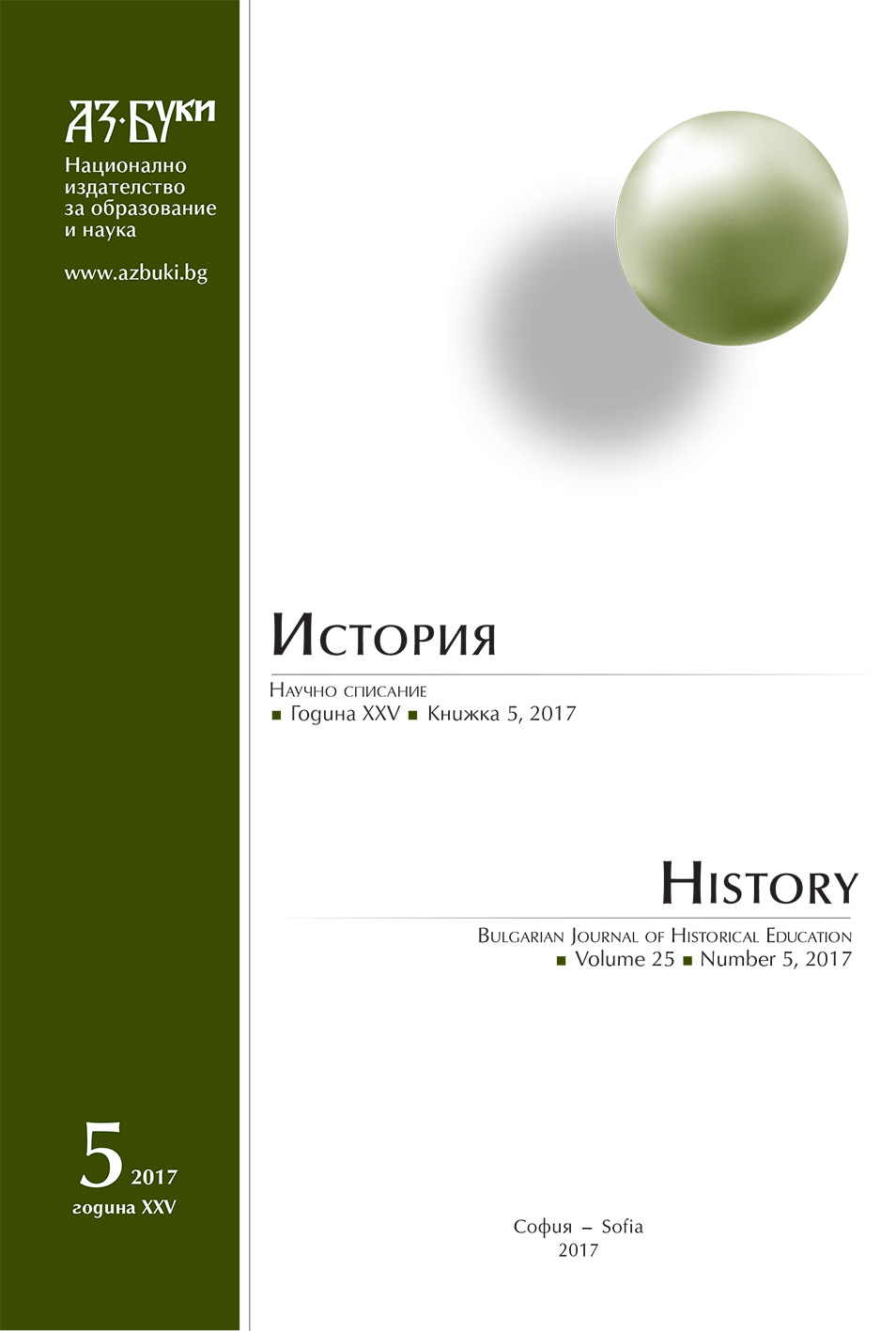
An examination of Clara Schumann’s musical salons and the research problems that occurred
Clara and Robert Schumann were connected very closely to the culture of the musical salons serving young and ambitious musicians and composers. Clara Schumann’s life is documented very well, but there is only a very small amount of literature dealing with her activities in the musical salon. This paper aims at providing an insight into the different circles Clara as well as her husband organised. The existent and non-existent source material is discussed and, by doing that, the current state of research on this subject is elaborated. Furthermore, this paper endeavours to point out the difficulties of research on this topic. That part is followed by a closer look at the characteristics of the private circles of the Schumanns during their years of marriage and the years after Robert Schumann’s death from 1856 to 1896.
More...
